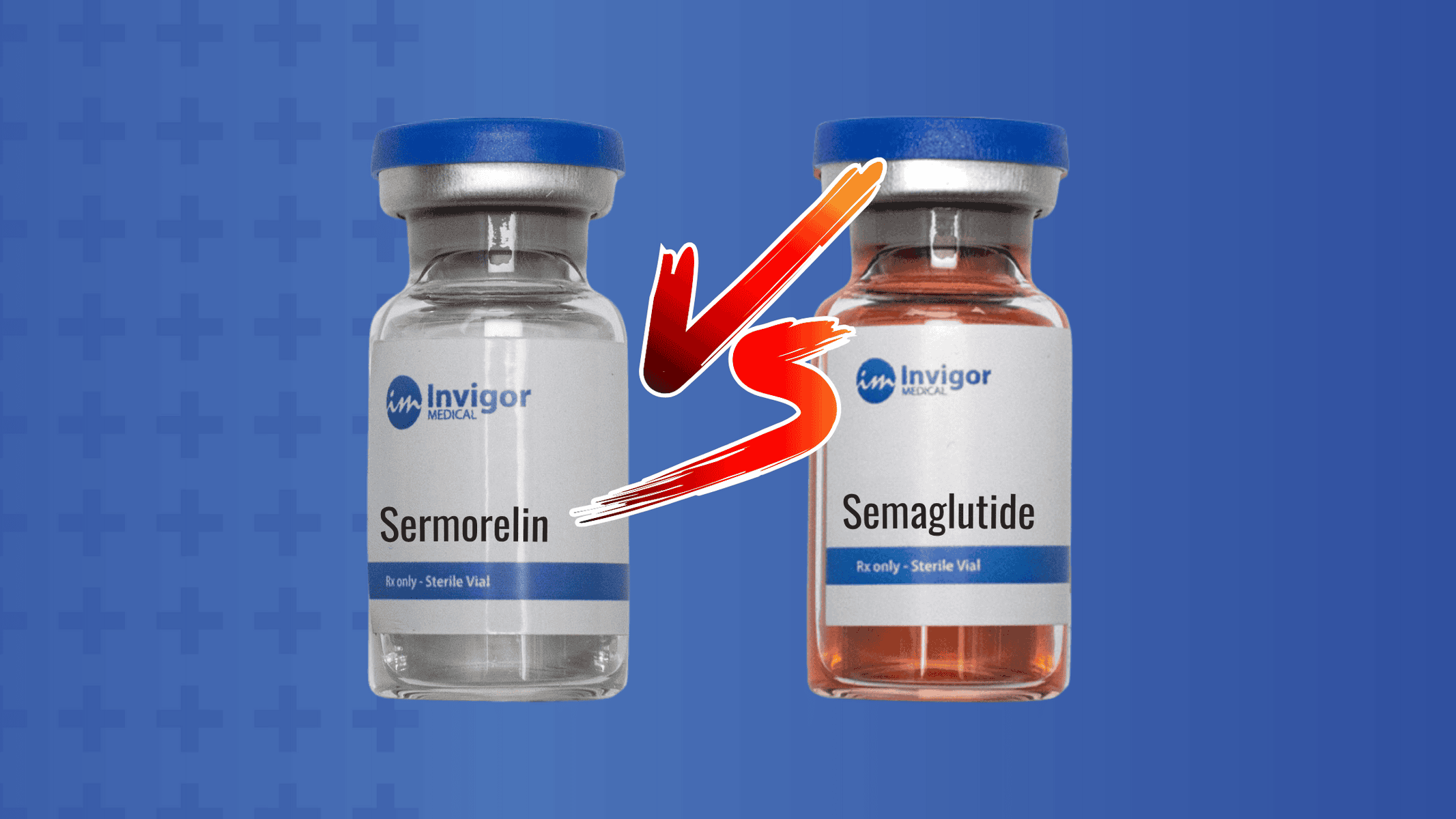Understanding Obesity and Its Impact on Health
Obesity is more than just a cosmetic concern; it is a complex medical condition with serious health implications. It is a leading driver of many diseases, including hypertension, heart disease, diabetes, arthritis, depression, and fatty liver disease.
In the United States, about 42% of all adults live with obesity. Two-thirds of U.S. adults meet the body mass index (BMI) criteria for overweight (>25 kg/m2) or obesity (>30 kg/m2).1,2
Many factors contribute to an increased obesity risk, including genetic predisposition, metabolic factors, living in an obesogenic environment, socioeconomic and sociocultural characteristics, individual behaviors, and lifestyle factors. Obesity as a disease is complex and cannot be explained by just overeating or a lack of willpower.
Until recently, doctors were very limited in their options to treat obesity. Many of the older obesity medications had significant side effects. The weight loss most people achieved while taking these medications did not justify the side effects and risks.
While obesity affects almost half of U.S. adults, only a minority of people receive effective treatment. Finding tirzepatide near me can be difficult due to medication shortages.

The Emergence of Anti-Obesity Drugs
Anti-obesity medications have been around for decades. Early medications in this class were stimulants and appetite suppressants. They induce weight loss by acting in the brain to suppress appetite and increase metabolic rate. Side effects included irritability, nervousness, a fast heartbeat, and gastrointestinal symptoms.
Other medications that have fewer side effects were developed. These medications have weight loss potentials of 7 to 11 pounds per year. Even a 5% weight loss can have significant health benefits, but many people struggling with obesity need medications that have higher weight-loss potential.
One class of anti-obesity drugs that has shown remarkable effectiveness at promoting weight loss is GLP-1 receptor agonists. These drugs were initially developed to treat type 2 diabetes, but it was observed that they also resulted in weight loss. This led to the creation of specific formulations and doses of these drugs aimed at helping patients lose weight.
Tirzepatide: A New Class of Weight Loss Drug
Tirzepatide is part of a new class of drugs called GLP-1 receptor agonists. It is used for weight loss in individuals with a body mass index (BMI) of 30 or higher—or for those with a BMI of 27 or greater who also had weight-related health conditions such as high cholesterol or hypertension.3

How Does Tirzepatide Work?
Tirzepatide mimics the GLP-1 and GIP hormones that the intestine naturally secretes after a meal. These hormones stimulate insulin release from the pancreas and are very effective in treating type 2 diabetes.
It also reduces appetite by increasing the time it takes for the stomach to empty and for food to move through the gut. This can make you feel full longer. Tirzepatide also interacts with areas in the brain to signal satiety and decrease food cravings. Additionally, tirzepatide has cardiovascular advantages by reducing the risk of damage to your heart and blood vessels from high cholesterol and abnormal lipids.
Tirzepatide Safety and Tolerability
As with any medication, tirzepatide has potential side effects. Since tirzepatide mimics gastrointestinal hormones, the most common side effects are nausea, vomiting, diarrhea, and constipation. These side effects are typically mild to moderate in severity. They are more common with dosage increases and tend to improve over time. Therefore, the tirzepatide dosage for weight loss starts low and increases as needed and as tolerated.
The most common side effects include:
- Nausea
- Diarrhea
- Vomiting
- Constipation
- Indigestion
- Stomach pain
Potential serious adverse effects associated with tirzepatide and other GLP-1s include:4
- Diabetic retinopathy in people with type 2 diabetes
- Gallbladder disease
- Acute kidney injury
- Hypersensitivity or allergic reactions
- Thyroid cancer
- Injection site reactions
- Faster heart rate
- Low blood sugar
- Suicidal behavior or ideation
- Inflammation of the pancreas
- Intestinal blockage

Tirzepatide Dosage for Weight Loss and Administration Method
Tirzepatide is administered as a weekly subcutaneous (under the skin) injection. The tirzepatide dosage for weight loss is gradually increased until it reaches the maintenance dose. Tirzepatide can be administered any time during the day, with or without meals. It should be injected into fat just under the skin in the abdomen, thigh, or upper arm. Rotate the injection sites with each dose.

The Future of Tirzepatide and Weight Loss
It is essential to remember that obesity is a chronic condition that requires long-term management. While drugs like tirzepatide can provide significant help, they should be used as part of a comprehensive treatment plan that includes lifestyle modifications. If tirzepatide sounds like an ideal addition to your weight loss plan, search tirzepatide near me and navigate to the Invigor Medical website to learn about your treatment options.
Further studies are needed to assess the long-term risks and benefits associated with these drugs, especially considering their potential for lifelong use.
Conclusion: Tirzepatide Dosage for Weight Loss
In conclusion, tirzepatide represents a significant breakthrough in the field of obesity treatment. Its dual-action mechanism offers a novel approach to weight loss. However, like all medications, it should only be prescribed after carefully weighing its risks and benefits, and it should be part of a comprehensive treatment plan that includes lifestyle modifications. The ideal tirzepatide dosage for weight loss can be tricky to determine. Work with your Invigor Medical treatment specialist to determine the best tirzepatide dosage for weight loss for you.
Frequently Asked Questions
How to maximize weight loss on tirzepatide?
To maximize weight loss on tirzepatide, it’s essential to follow your healthcare provider’s instructions carefully. This may include adhering to a healthy diet, engaging in regular physical activity, and maintaining consistent use of the medication. Additionally, monitoring your progress and discussing any concerns or challenges with your healthcare provider can help optimize your weight loss journey.
Is compounded semaglutide better than compounded tirzepatide?
Both semaglutide and tirzepatide are medications used to treat type 2 diabetes and have shown potential for weight loss. Compounded formulations of these medications may offer customized dosing options, but there isn’t enough evidence to determine if one is definitively better than the other for weight loss. It’s important to consult with a healthcare provider to determine the most appropriate treatment based on individual needs and medical history.
How much tirzepatide should I take to lose weight?
The appropriate dosage of tirzepatide for weight loss varies depending on individual factors such as medical history, response to the medication, and tolerability. Typically, tirzepatide is started at a lower dose and gradually increased over time. Your healthcare provider will determine the most suitable dosage for you based on these factors and may adjust it as needed to optimize weight loss while minimizing potential side effects.












